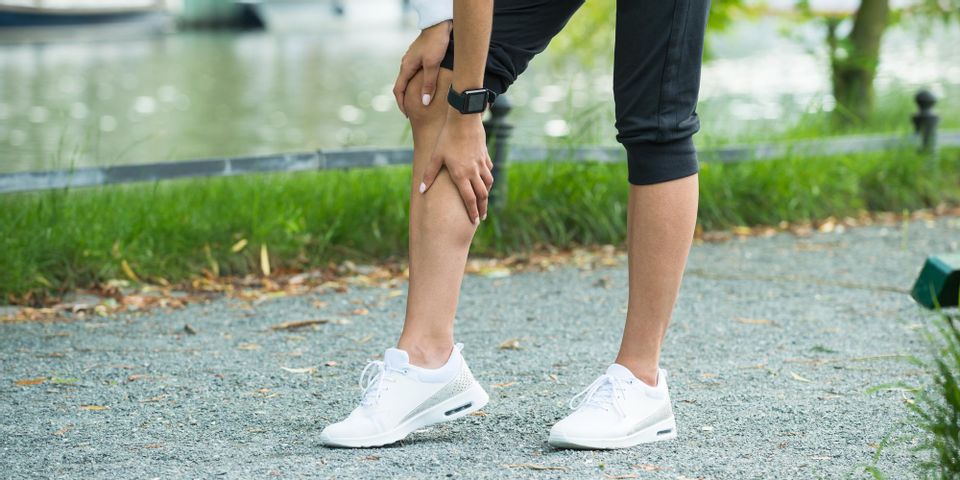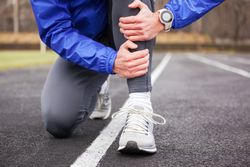5 Common Injuries Runners Experience

Running is one of the healthiest and most accessible forms of exercise around, but repeated movement and pressure can be hard on the body. When you suffer an injury from running, your best bet for fast recovery is assistance from a physical therapist. In the meantime, knowing more about running injuries may help you prevent them from worsening. Here’s a closer look at some of the most common ones.
How to Identify Common Running Injuries
1. Plantar Fasciitis
This condition describes pain in the bottom of the foot from the arch to the heel, like a dull ache or bruising pain. It’s the result of tearing and inflammation in the tendons and ligaments of the foot. Plantar fasciitis accounts for about 10% of all runner injuries. Often most acute at the start of a run, it can subside during your run and then flare up again later.
Icing the foot and stretching the arches can help with pain, but physical therapy may be necessary to formulate a game plan for treatment that avoids surgery.
2. Runner's Knee
Patellofemoral pain, or “runner’s knee,” is a condition in which the knee becomes stiff and gradually more painful. It affects nearly 23% of runners, making it by far the most common knee complaint. The causes for this can range from a poor choice of running shoes to weak hips to insufficient stretching, so your first step when beginning a running routine is ensuring you have the proper equipment and good warmup practices and form.
3. Shin Splints
 Shin splints are familiar to everyone who’s ever gone from walking to running a little too quickly. The medical term, medial tibial stress syndrome, simply means shooting pains in the shin bones while running.
Shin splints are familiar to everyone who’s ever gone from walking to running a little too quickly. The medical term, medial tibial stress syndrome, simply means shooting pains in the shin bones while running.
Icing the shin after running will provide relief. This pain is most common in beginners, but if it persists, temporarily remove running from your exercise routine and consult a doctor or physical therapist to learn about treatment or therapy options.
4. Achilles Tendinitis
Nearly one tenth of all recreational runners will have this common complaint, in which the Achilles tendon, which connects the heel to two major calf muscles, is placed under too much stress. This results in difficulty moving and pain at the back of the foot due to irritation in the tendon. While those with this condition are at a greater risk of rupturing the Achilles tendon, timely consultation with a qualified physical therapist can help prevent it.
5. Iliotibial Band (ITB) Syndrome
The iliotibial band runs along the outside of your thigh, connecting the hip to the knee and the shin. Pain in this area can be mistaken for a knee injury, but if you can feel a characteristic snapping on the side of the knee, apply ice, take a break from exercise, and seek the advice of a physician or physical therapist.
For the best in physical therapy in Dalton, GA, rely on Associates In Orthopedics & Sports Medicine PC. With the latest in modern sports medicine technology, these compassionate experts are prepared to help you understand and recover from your injuries as soon as possible with a treatment plan that’s tailored to your unique needs. Call (706) 226-5533 to schedule an appointment or visit them online to learn more about how they will help.
About the Business
(42 reviews)
Have a question? Ask the experts!
Send your question

